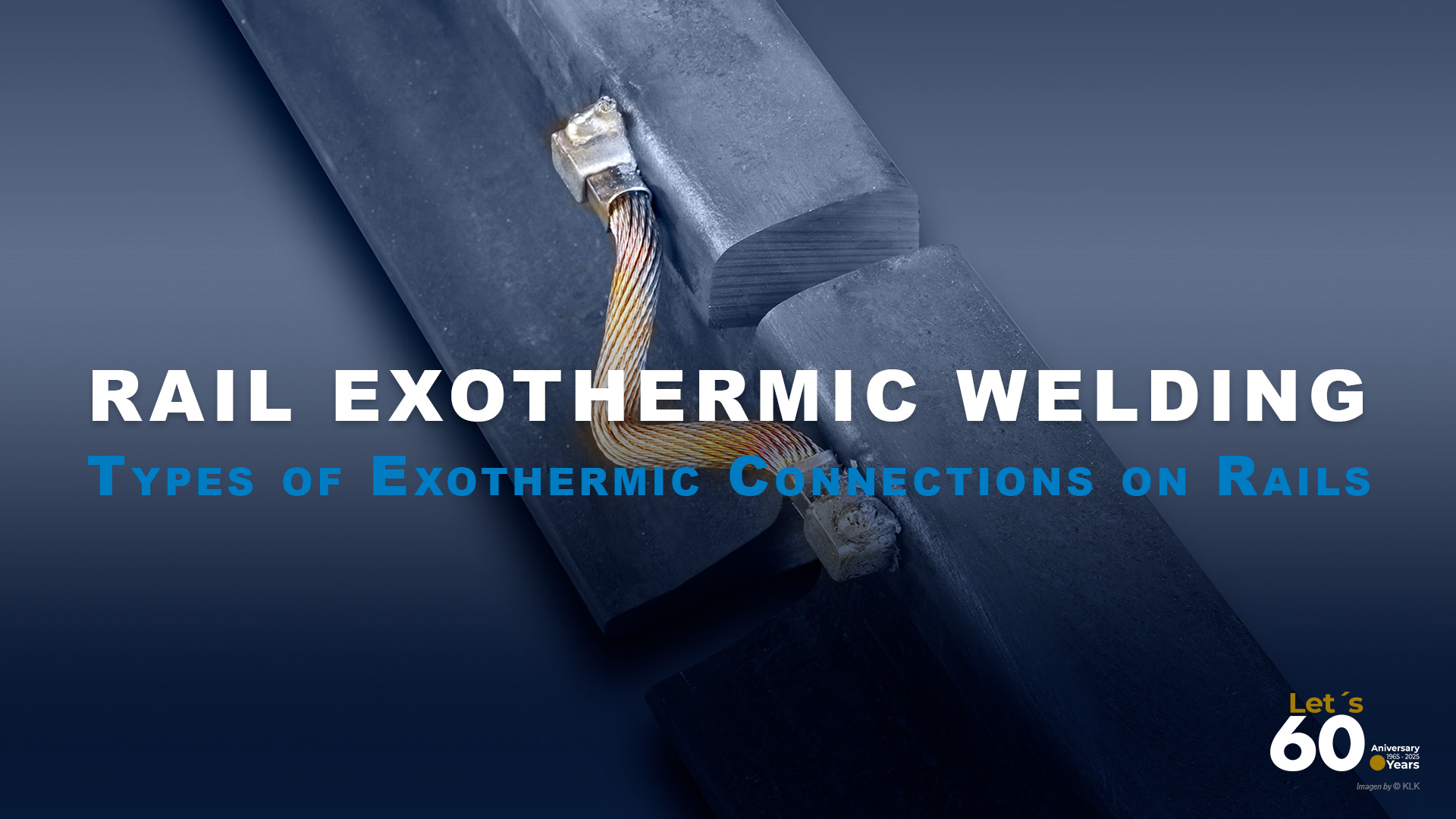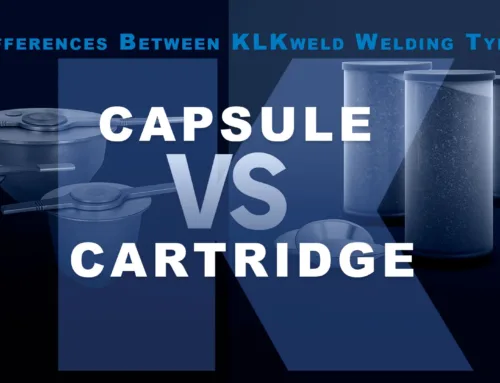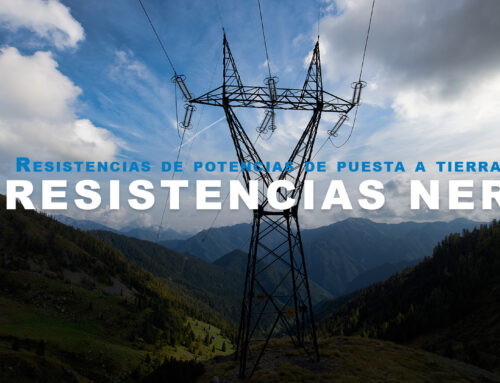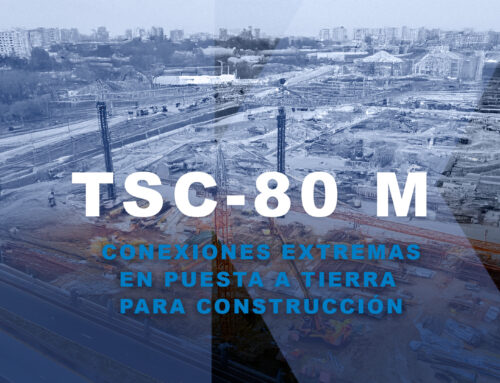Rail Welding vs. Exothermic Electrical Welding
In the railway sector, exothermic welding is a key solution for creating safe and long-lasting connections. However, there are different types of joints depending on the application area — rail head, web, or joint bar — which can sometimes cause confusion. At KLK Weld, we clarify these differences and explain how our solutions ensure electrical continuity, reliability, and operational safety on track, clearly distinguishing purely mechanical connections from data or electrical connections used in modern signaling and return systems.
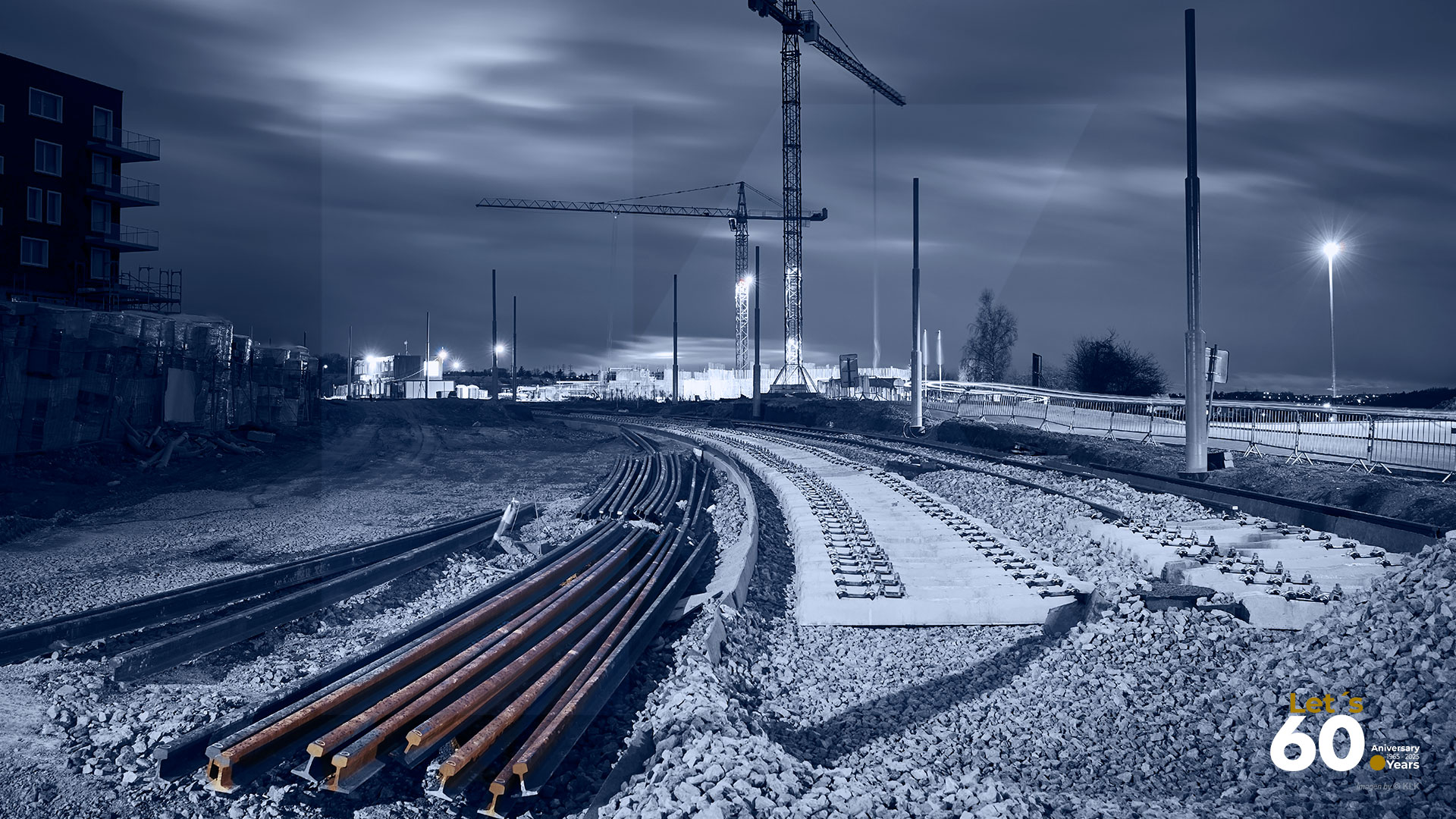
Railway Line Maintenance Workshop | Plant
What Is Rail Welding?
Types of Exothermic Welding: Rail welding physically joins two rail sections to create a continuous track, eliminating mechanical joints and improving track stability. The most widely used method is aluminothermic welding, which uses an exothermic reaction to melt metal and fill a mold, forming a high-strength structural joint.
- Objective: achieve track continuity and eliminate mechanical discontinuities.
- Operational effects: reduced vibration, less noise, and improved ride comfort.
- Result: continuous lines requiring less corrective maintenance and offering greater rail durability.
Market references: companies such as Pandrol provide specialized technology, consumables, equipment, and training for rail joining.

Technicians performing railway maintenance | KLK
What Is Exothermic Welding for Rail Connections?
In this type of joint, exothermic welding does not join rails together. Its purpose is to bond copper conductors to the rail (at the head, web, or joint bar, etc.) to ensure electrical continuity, proper grounding, and current return in railway systems.
-
- Typical applications: traction return connections, rail bonding, jumpers to the web or head, and continuity bridges on joint bars.
- Main advantage: permanent metallurgical copper-to-steel bond with low electrical resistance and high mechanical strength against fatigue and corrosion.
- Environment: high-speed lines, subways, tramways, and industrial railway installations.
KLK W
Here’s a Key Table Showing the Main Differences
| Type | Rail Welding (Rail Jointing) |
Electrical Exothermic Welding (Rail Bond Connection) |
|---|---|---|
| Función | Mechanical Rail Section Joint | Copper-to-Rail Electrical Connection |
| Function | Rail–Rail | Cable-to-Rail (Base/Web) |
| Procces | Mold-Based Thermite Structural Welding | Exothermic Reaction in Graphite Mold |
| Operational Objective | Geometric Continuity and Joint Reduction | Electrical Continuity, Return, and Grounding |
| Impact on Maintenance | Fewer Joint Repairs and tracks Defects | Lower Contact Resistance and Fewer Electrical Failures |
| Examples of Use | Continuous Rail Welded Joints | Track Bonding, Jumpers, and Drainage Connections |
|
Key Suppliers |
Pandrol | KLK Electro materiales |
Applications and Sectors Where KLK Weld Is Used
- High-speed and heavy-load rail: track bonding and return connections on critical lines.
- Subway and tram systems: jumpers and continuity bridges in urban areas and maintenance depots.
- Mining and industrial railways: robust connections designed for dusty, humid, and high-vibration environments.
- International projects: experience across LATAM and Europe meeting the highest safety and reliability standards.
At KLK, we provide technical expertise, on-site support, and training. Our KLK Weld solutions are engineered to ensure electrical continuity through clear procedures, reliable consumables, and compatibility with molds designed for each connection geometry (rail head, web, or joint bar). We support engineers, installers, and operators with training, technical datasheets, and maintenance and inspection guidelines.
What Do Our Clients Say?
“Regarding the training, I believe the information provided was very helpful for carrying out the welding process on the rail and for grounding systems — both the audiovisual material and the practical part were extremely useful…”
“Working hand in hand with the manufacturer gives you a great experience — especially knowing that the project will have exactly what you need to meet its specifications and performance requirements. Thank you…”
“It’s a great company with an outstanding team — professional, committed, and offering top-quality products. The best professionals in the industry trust KLK for safety. Keep up the great work…”
“Great professionals. Excellent presentation on aluminothermic welding.”
“High-quality, long-lasting materials. A really good company…”
“The products and training for handling the different types of welding are excellent, and the prices are very reasonable.”
Frequently Asked Questions About Railway Welding Resistors
In short, if you need to make a connection between conductors and the rail that ensures:
- Low and stable electrical resistance over time — essential for traction return and protection systems.
- Permanent metallurgical bond (no bolts, non-loosening), immune to vibration and thermal cycles.
- Corrosion resistance thanks to alloys and consumables optimized for rail applications.
- Repeatability with dedicated molds and controlled energy charges.
- Jobsite compatibility: guided processes, safety tools, and batch traceability.
- Technical support and training for crews and contractors.
At KLK, we recommend rail welding as it ensures the structural continuity of the track while also maintaining electrical continuity. If you’re looking for reliable rail head and web connections backed by technical support and training, we’re here to help.
You can also register for our free online training clinics offered throughout the year — here’s the link to the 2025 training schedule.
KLK Electro materiales slu
Mail | Web | Teléfono | Chatbot | Social Media
Need Help?

